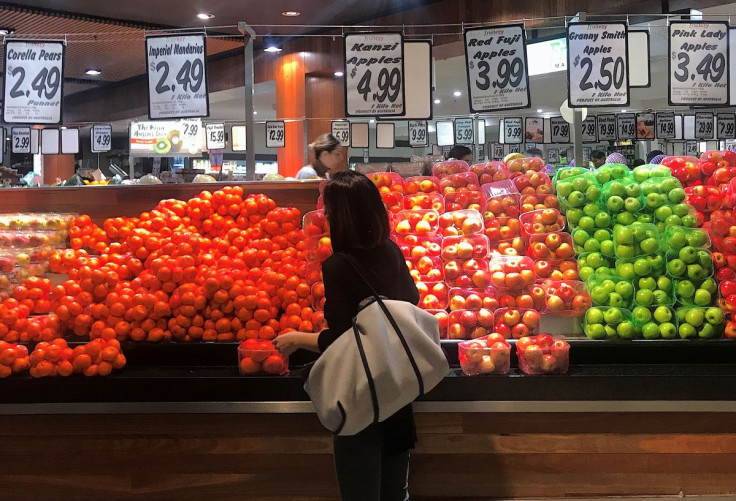Australian Inflation Hits 20-year High, Brings Rate Rises Near

Australian consumer prices surged at the fastest annual pace in two decades last quarter as petrol, home building and food costs all climbed, spurring speculation interest rates could rise as soon as next week.
That would be unwelcome news for Prime Minister Scott Morrison as he fights a tough election where the rising cost of living has become a sore point with voters.
It also strongly argues the Reserve Bank of Australia (RBA) no longer needs to keep interest rates at emergency lows of 0.1% and should tighten soon, perhaps even at its policy meeting on May 3 rather than in June.
Markets quickly narrowed the odds on a rise to 0.25% next week, though many still favour a June hike given such a sudden move would cause political ripples so near to the election on May 21.
Futures also shifted to price in rates of 0.5% by June, whether in one hike or two.
"We now expect the RBA to initially hike by 40bp to 0.5% in June," said Andrew Boak, an economist at GS Macro, who sees a series of quarter point moves to an eventual peak of 2.5%.
"The combination of above-target inflation, an economy initially resilient to hikes and a more hawkish reaction function skews risks to a steeper and higher path for rates."
Wednesday's data made for painful reading as the consumer price index (CPI) jumped 2.1% in the first quarter, topping market forecasts of a 1.7% increase.
The annual pace picked up to 5.1%, from 3.5% the previous quarter and the highest since 2001.
A closely watched measure of core inflation, the trimmed mean, climbed a record 1.4% in the quarter, taking the annual pace to the highest since early 2009 at 3.7%.
That was the first time since 2010 that core inflation had lifted above the Reserve Bank of Australia's (RBA) 2-3% target band, a radical turnaround from recent years when it consistently undershot.
"This reflected the broad-based nature of price rises, as the impacts of supply disruptions, rising shipping costs and other global and domestic inflationary factors flowed through the economy," said Michelle Marquardt, the head of prices statistics at the Australian Bureau of Statistics.
Petrol led the charge with a gain of 35% for the year, while the cost of new dwellings climbed a record 13.7%. Food prices also picked up in the first quarter driven by high transport, fertiliser, packaging and ingredient costs.
© Copyright Thomson Reuters 2024. All rights reserved.




















